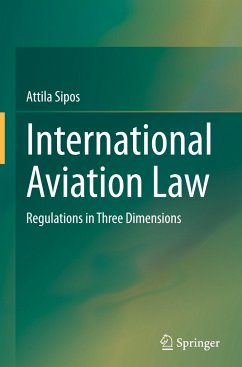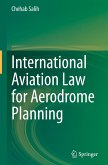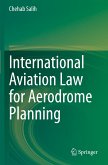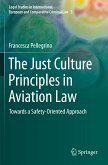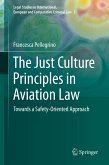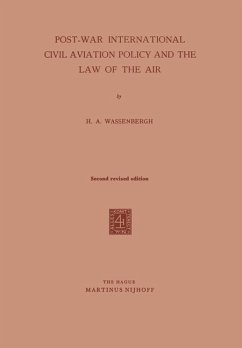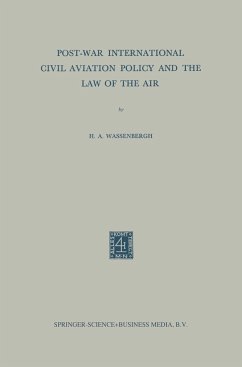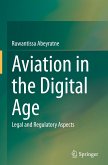This book opens the most adventurous and passionate Chapter in the history of Humankind: Aviation. Aviation in our modern world is one of the latest magnificent enterprises, a kind of emblematic window through which we can cast a glance into the future. Into the future, since the aviation industry already applies technical, organisational and administrative solutions which in other walks of life will be utilised only after years or decades. The airplanes have become so swift and safe that flying has turned from a reckless adventure into public transport. Next to cities, airports have been built, from where every minute airplanes take off and depart to all the four corners of the world. The once so enormous and mysterious terrestrial globe has shrunk to appear to be a tiny "ball," all points of which can be reached in a couple of hours.
This book introduces in its entirety the regulatory regime of aviation as the safest form of transport in our age, which integrates exceptionalspiritual and practical achievements, technical innovation, as well as creates significant values. Air transport is one of the most regulated industry. The comprehension of its context requires the knowledge of the rules of international air law. Air law is a qualitatively separated part of international law with peculiar structure, which has evolved by drawing on the centuries-old traditions of maritime law and has developed to be one of the youngest and the most up-to-date branch of jurisprudence. Air law is an autonomous branch of law. Its uniqueness derives from the extraordinarily rigorous requirements (occasionally written by blood) of aviation safety and aviation security.
The author guides the reader into this barely familiar, secluded world of aviation via 31 illustrations and the presentation of 100 legal cases. The volume relies on the several decades' professional experience of the author. Its objectives consist in the familiarisation ofthe public interested in aviation with this exceptionally intriguing area of international law, in the support of the everyday work of experts in the area of aviation, furthermore, in the enhancement of the knowledge of theoretical and practical lawyers and broadening their horizons.
In this book the two most important founding treaties of international air law are introduced: the Chicago Convention on International Civil Aviation (1944) and the Montreal Convention on the Unification of Certain Rules for International Carriage by Air (1999), furthermore, mention is made of all significant aviation law treaties. The Chicago and the Montreal Conventions are timeless sources of law, since their meritorious amendment barely ensued, therefore, the relations and the legal solutions elucidated in the book are going to serve the reader for decades.
Hinweis: Dieser Artikel kann nur an eine deutsche Lieferadresse ausgeliefert werden.
This book introduces in its entirety the regulatory regime of aviation as the safest form of transport in our age, which integrates exceptionalspiritual and practical achievements, technical innovation, as well as creates significant values. Air transport is one of the most regulated industry. The comprehension of its context requires the knowledge of the rules of international air law. Air law is a qualitatively separated part of international law with peculiar structure, which has evolved by drawing on the centuries-old traditions of maritime law and has developed to be one of the youngest and the most up-to-date branch of jurisprudence. Air law is an autonomous branch of law. Its uniqueness derives from the extraordinarily rigorous requirements (occasionally written by blood) of aviation safety and aviation security.
The author guides the reader into this barely familiar, secluded world of aviation via 31 illustrations and the presentation of 100 legal cases. The volume relies on the several decades' professional experience of the author. Its objectives consist in the familiarisation ofthe public interested in aviation with this exceptionally intriguing area of international law, in the support of the everyday work of experts in the area of aviation, furthermore, in the enhancement of the knowledge of theoretical and practical lawyers and broadening their horizons.
In this book the two most important founding treaties of international air law are introduced: the Chicago Convention on International Civil Aviation (1944) and the Montreal Convention on the Unification of Certain Rules for International Carriage by Air (1999), furthermore, mention is made of all significant aviation law treaties. The Chicago and the Montreal Conventions are timeless sources of law, since their meritorious amendment barely ensued, therefore, the relations and the legal solutions elucidated in the book are going to serve the reader for decades.
Hinweis: Dieser Artikel kann nur an eine deutsche Lieferadresse ausgeliefert werden.

